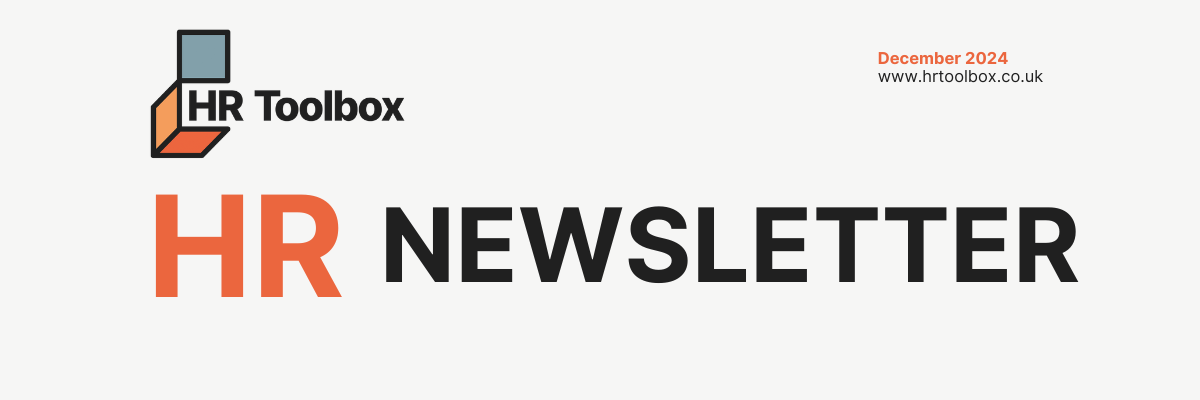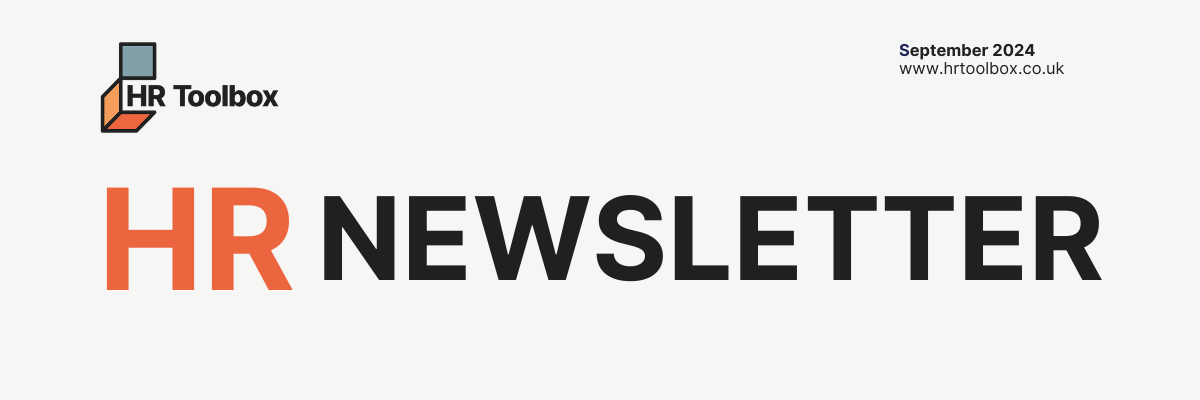The ultimate guide to flexible working
This easy reading guide talks you through everything you need to know...

With the recent introduction of the Employment Relations (Flexible Working) Act 2023, you could see a flurry of flexible working requests.
What is flexible working?
Flexible working gives employees more control over where, how and when they work.
It empowers them to take charge of their work-life balance and shape their career around personal commitments.
It goes beyond simply reducing hours, coffee shop work days or exclusively catering to working parents. Embracing flexible working requires a complete work overhaul.
It means breaking free from a rigid 9-5 office model, or being confined to a desk at home all day, and instead places emphasis on:
• Outcomes
• Results
• Commitment
• Trust
This not only promotes a healthier work-life balance, but also skyrockets productivity and job satisfaction. Flexibility, once seen as a nice-to-have, is now seen as the gold-standard by employees over other benefits. No longer just an added bonus, it’s a game-changer.
So, what flexible working options can business owners consider as part of this mindset shift?
Let’s dive in…
(1) Job-Sharing
Job-sharing is when one full-time job is divided between two part-time employees.
For instance, one person could work three days a week, while the other does two. Employers benefit from double the productivity and output, while retaining talent by accommodating personal commitments.
(2) Part-Time Hours
It does what it says on the tin; working fewer hours than a standard full-time schedule, such as less hours in a day or less days in a week. It can lower costs, enhance diversity and appeal to both working parents with younger children and older people, who bring valuable skills and experience but seek a better work-life balance.
(3) Hybrid Working
Hybrid working involves employees splitting their work time between their home and their workplace. Post-pandemic, some businesses have found that a blended approach offers the ‘best of both worlds’ solution.
(4) Flexi-Time
Flexi-time allows employees the freedom to choose their start and finish times, as long as they fulfil their contracted hours within agreed parameters. It can boost wellbeing and is perfect for those with shifting responsibilities like the school run, or for squeezing in a quick gym class before work.
(5) Annualised Hours
Employees commit to a set number of hours over the year, rather than the week, and work them flexibly. This setup is ideal for businesses with seasonal peaks and troughs. It’s also great for employees with varying needs throughout the year.
(6) Compressed Hours
Compressed hours allows employees to compact their standard working hours into fewer days. For example, working full-time hours from Monday to Thursday, starting earlier and finishing later each day to free up Fridays. This can be great for retention and accommodating personal needs.
(7) Staggered Hours
When an employee works a set number of hours but with different start, finish and break times compared to their colleagues. It’s usually consistent every day or on a set timetable and helpful for those with caring responsibilities in the morning or late afternoon.
(8) Phased Retirement
A phased retirement plan helps an employee gradually reduce their working responsibilities as retirement approaches, facilitating a smooth transition rather than an abrupt finish. Options like reduced hours can support the move to full retirement and, for business owners, it supports succession planning and contributes towards wellbeing.
(9) Term Time
Employees on term-time contracts work during school terms and are off during the school holidays. Depending on the nature of your business, this arrangement can be ideal for retention and engagement, especially if your business aligns with school schedules.
(10) Sabbatical
A sabbatical involves an employee taking extended leave from work while remaining employed under their contract. It’s typically used for study, travel, volunteering or focusing on health. Sabbaticals encourage personal growth and can prevent burnout, allowing employees to take a break and come back stronger.
Need expert guidance?
Implementing flexible working policies doesn’t mean your business will suffer.
In fact, CIPD data shows flexibility has direct links to better competitiveness and revenues.
Other benefits include increased productivity, reduced absence and talent attraction. What’s not to like?
Start by creating a top-level organisational framework for flexible working and use KPIs to measure success. Avoid being entrenched in traditional ways of working or relying solely on gut instinct.
KPIs to consider include:
1. Employee Productivity - Project completion rates and overall performance
2. Employee Engagement - Pulse surveys, engagement scores and retention rates
3. Business Performance - Financial indicators like revenue and profit margins
Encourage open dialogues in 121s around workload and business goals, and build a culture that celebrates dynamic work, emphasising the value of performance and outcomes rather than specifics of where or how work is completed.
We’re here to help
Navigating the shift towards a flexible working culture and exploring the different options available can be challenging, but you’re not on this journey alone!
An HR consultant can provide tailored solutions and expert advice to help you embrace a modern, progressive approach and make it a reality for your business.
That covers everything you need to know about flexible working. Ready to transform your work culture? Need expert guidance?
Get In Touch
We will get back to you as soon as possible
Please try again later

ABOUT US
HR Toolbox have over 20 years HR experience in the private & public sectors. Our customers love us as we give them the 1:1 HR support, tools, and software to help save them time, reduce risk, improve their employees experience and protect themselves.
SERVICES
Website built by - Mission Three60 LTD










